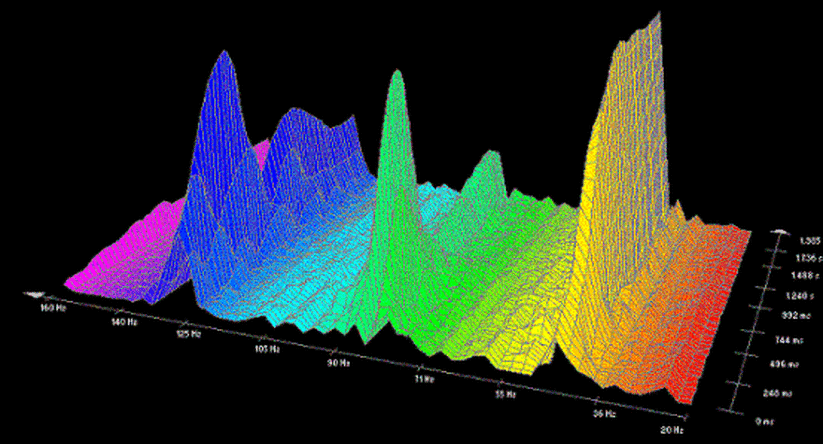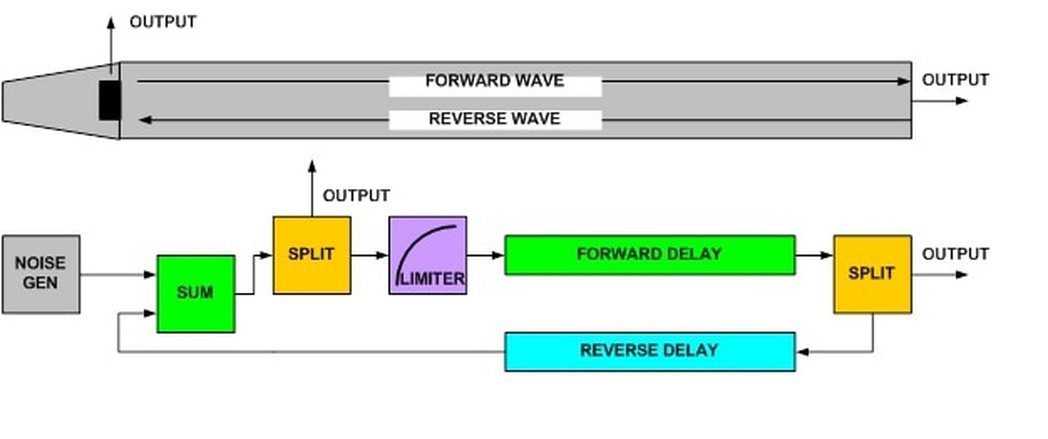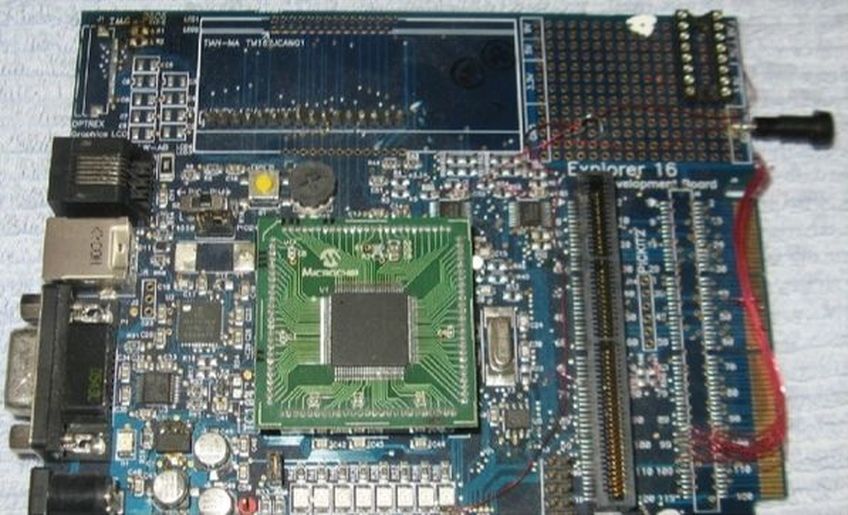Although the best electronic organs provide CD quality sound, there are many areas where further research can enhance the realism or utility of an instrument. These include the use of new tools for recording and analysis, new ways of synthesising sounds, techniques for simulating reverberation, and the use of new technologies with greater speed and memory capacity.
SPECTROGRAM OF VIOLONE PIPE
By kind permission of Colin Pykett www.pykett.org.uk
An important area is reverberation. A famous organ builder once said that the best stop on the organ was the building. From the performer’s perspective, there may be three points of view. Firstly there is a need to hear the music clearly so that mistakes can be corrected. Secondly, a degree of reverberation, which can be different for different instruments or pieces of music, is important from an enjoyment perspective. Thirdly, sound in the body of a building can be very different from the sound at an organ console. Sometimes one needs to adjust ones playing for the benefit of listeners. So implementation of reverberation systems on a practice instrument is important. On the Members Page is a list of recommendations and key papers on reverberation.
By kind permission of Colin Pykett www.pykett.org.uk
An important area is reverberation. A famous organ builder once said that the best stop on the organ was the building. From the performer’s perspective, there may be three points of view. Firstly there is a need to hear the music clearly so that mistakes can be corrected. Secondly, a degree of reverberation, which can be different for different instruments or pieces of music, is important from an enjoyment perspective. Thirdly, sound in the body of a building can be very different from the sound at an organ console. Sometimes one needs to adjust ones playing for the benefit of listeners. So implementation of reverberation systems on a practice instrument is important. On the Members Page is a list of recommendations and key papers on reverberation.
SIMPLE REVERBERATION SYSTEM
Another important area is the generation of sound samples. This may be done by recording pipe organs, or by direct synthesis methods. Recordings of pipes from significant instruments are available, as is advice on turning them into sample sets. Key reference papers on direct synthesis methods, using harmonic synthesis or digital waveguides, are available. Direct Synthesis needs to be done in conjunction with added reverberation, to simulate the ambient room acoustics.
ORGAN PIPE MODELLING
New electronic devices are offering greatly increased capability at much lower cost. The “Raspberry Pi”, which is being introduced into schools, is one such device. Other useful devices are Microchip PICs and Arduino boards. These can and are being used for many organ functions.
DSP ORGAN SYSTEM
Information on all these areas is available on the Members Page.




